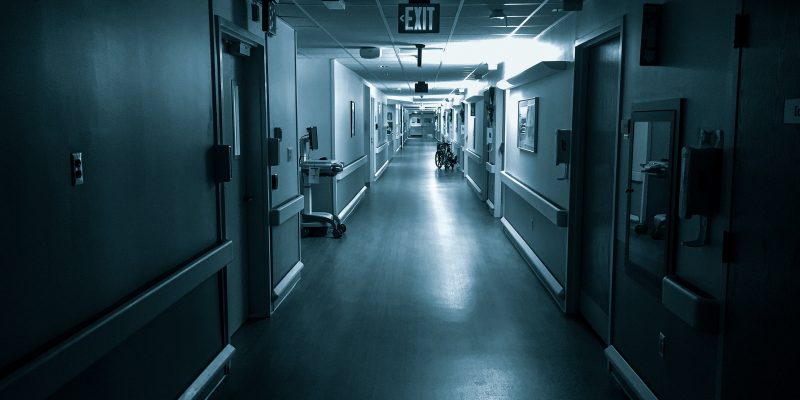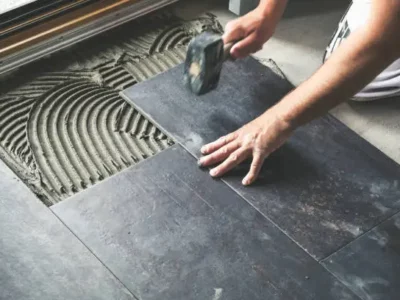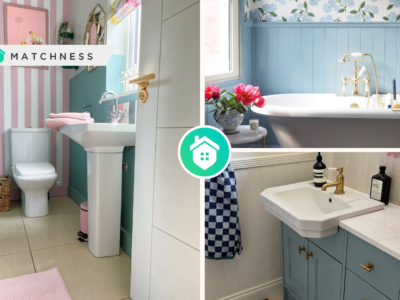Are you thinking of renovating your healthcare facility? Delivering quality patient care requires having an organized space. One that encourages collaboration and promotes safety. But renovating an existing healthcare facility can be intimidating. From assessing the project’s scope to choosing materials and integrating new technologies, there’s a lot to manage.
But we’ve some tips for you. These will help you design a functional healthcare environment with improved design and layouts tailored for comfortable patient experiences.
So, let’s get started.
Start with a Vision:
How do you want to redefine your healthcare facility? What should be the design elements and color scheme? What are the areas that need renovation? Answering these essential questions will give you a clear vision of what needs to be done. When possible, involve staff members and patients in the process so they can provide helpful input.
You must also have an appropriate timeline and strategy in place. It will ensure that the project is completed efficiently and cost-effectively without compromising patient care or safety.
Know What Challenges Need to be Addressed:
Healthcare facilities have several aspects that require upkeep. Think about areas that need more space or better ergonomics and ventilation.
You must also check for pest infestations like rodents and bedbugs, corrosion, and sanitary hazards. All these can create health risks or lead to expensive repairs if not addressed.
Luckily, professional services, like Continental Research Corporation, offer chemicals that can help eliminate these problems.
Choose the Right Materials:
As a healthcare facility, you must invest in functional furniture with no sharp edges or corners. Choose materials like durable vinyl and materials that can be disinfected quickly. You must also pick non-slippery flooring that is safe for patients and staff.
There are also external materials to consider. For instance, using insulated materials like metal can help reduce noise. Similarly, selecting roofing materials that can withstand extreme weather conditions would be best.
As a healthcare facility manager, you must also evaluate the aesthetics of your facility. Investing in stylish designs can go a long way in creating a more inviting atmosphere.
Integrate the Latest Technologies:
Technology can help in improving patient care and safety. You can implement a wide range of technologies to streamline operations and make healthcare more efficient. Electronic health records and smart sensors that monitor temperature and humidity levels are good investments.
Some other technologies to include are:
- Digital signage for providing information to patients and staff
- Automated appointment reminders
- AI-powered chatbots for patient services.
- Nurse call systems
- RFID tracking systems
Take Input from Your Staff Members:
Your facility’s staff use the space every day. Their insights are invaluable when it comes to renovating the healthcare facility. Ask for their input on how they would like the space to be redesigned. For instance, they may prefer more natural light, improved circulation, and better ventilation.
Also, talk to them about their challenges in the existing layout and how to solve them through renovation. Some areas to consider are storage and ergonomic furniture. Address any safety concerns they might have while operating around the new layout. For example, they may want a better security system or dedicated areas for hazardous materials.
Encouraging their participation in the process can help foster ownership of the space and a sense of pride in their work.
Renovate for the Future:
Investing in hospital construction is a big decision, and you must ensure that it delivers value for a long time.
For instance, you can design the facility with flexible walls and movable components that allow for quick reconfiguration. You can also use modular furniture and partitions to create different layouts without major renovations.
It would be best if you also considered the footprint of the facility. Investing in green building materials and energy-efficient systems can help reduce your carbon footprint and give you a chance to contribute positively to the environment.
Plan for the Unknown:
Which place knows emergencies better than a healthcare facility? It is impossible to identify every potential problem upfront. So, you must ensure that your renovation plan takes into account any potential issues that may come up in the future.
For example, you must have a plan and resources to respond quickly to an emergency like an earthquake or fire. Additionally, it is important to have a contingency plan for dealing with pandemics. For instance, you can consider designing the facility so that it is easier to convert one area into an isolation ward.
Carefully Consider the Budget:
Carefully assess your monetary resources and harmonize the objectives of your project team with any budget restraints. Pinpoint areas or services generating income or incurring a loss so that you may prioritize those in design processes. Securely fixate on a budget and consider if there is a need for construction financing. You can focus on the elements crucial for your facility while leveraging short-term loan solutions.
Be sure to include a margin in the budget for unforeseen circumstances and to account for any maintenance costs that may arise after the renovation.
What Costs Are Involved?
It is important to clearly understand the costs involved in renovating your healthcare facility. Besides the construction cost, there are other expenses, such as permits, insurance, and taxes. You must also factor in the costs of moving furniture, equipment, and supplies.
Ultimately, it is important to remember that the cost of renovating your healthcare facility should be weighed against the benefits you will receive from it. If the renovation offers a long-term solution to your problems, it may be worth investing in.
Signs Your Healthcare Facility Needs Renovations:
Renovation is an investment, so it’s important to know when it’s time to make changes. Some signs that your healthcare facility needs renovations are:
- Failure to accommodate emerging medical technology innovations
- Inadequate space for staff and patients
- An inefficient layout that slows down operations
- Dated looks and outdated infrastructure
- Lack of energy-efficient systems
- The dilapidated facility is arduous to maintain and expensive in the long run, rendering it impractical
Takeaway:
If you notice a decrease in patient satisfaction or an increase in operational costs, it may be time to renovate your healthcare facility. With the right planning and budgeting, you can create a safe, comfortable space that meets the needs of your patients and staff.
Since it’s a big undertaking, take your time and make sure you get it right. Work with a team of professionals and factor in the feedback you receive from your staff to get the best outcomes. With these tips, your healthcare facility renovation will surely be a success!




















